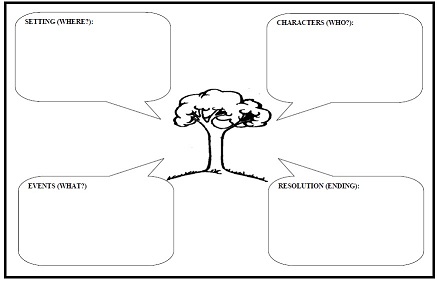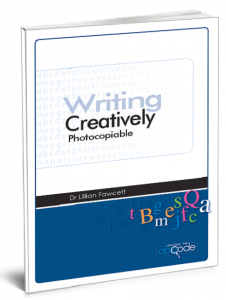Effective planning is critical to the development of coherent and logically expressed writing. The extended writing section teaches students how to plan, write and edit longer pieces of written work. For maximum benefit, this process should take place over a number of days.
The use of mind-maps provides a definitive structure to students’ writing, plus provides a built in indicator of each new paragraph. Students who have a sound grasp of mind-mapping will find it an invaluable tool not only for structuring their writing, but also as a tool for developing study notes.
There are three steps in this planning process:
1. Oral discussion to stimulate the students’ imagination and thought processes.2. Establishing the setting, character(s), event and resolution. Students commonly write a series of events without spending time describing and expanding on them. Therefore, it is very important that students only describe one key event and limit the number of characters (to a maximum of three).3. Completing the mind-map provides a brief outline of the overall structure and sequence of the writing. Encourage students to only write in key words. The circle in the centre should reflect the key idea of the writing (e.g., the title). The next level of circles represents each of the paragraphs. Each of the outer circles relate to a sentence within that paragraph. Using mind-maps provides automatic structure to students’ writing and they are instantly able to identify when to begin a new paragraph.It is strongly recommended that students are encouraged to limit their extended writing to five paragraphs with the emphasis on ensuring that each sentence within those paragraphs is well constructed and interesting.
The actual writing of words on paper is only one small component of the process in producing a quality piece of writing. Equal amounts of time should be spent on the planning and editing process. The editing process should not just consist of identifying errors in punctuation, spelling and grammar. It is equally important that time is spent discussing how individual sentences could be improved with the addition of adjectives, adverbs, descriptive phrases and/or rearranging word order to provide variation and interest. An editing checklist is provided to assist in this process.

Click on book image to view an e-version sample and to purchase.








